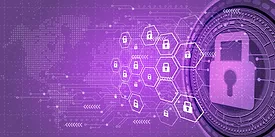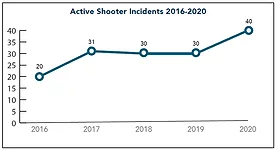Home » incident response
Articles Tagged with ''incident response''
COVID-19 Heroes
Georgetown University’s Office of Emergency Management supports COVID-19 response
Marc Barbiere came to Georgetown about five months before the COVID-19 pandemic, taking over the recently-restructured Office of Emergency Management (OEM) in order to coordinate the University’s efforts to prepare for, respond to, and recover from emergencies.
August 4, 2021
Enterprise Services
Four ways to optimize your red team operations
If done right, red teams put an organization’s security controls, policies, response and training to the test using the tactics, techniques and procedures (TTPs) of real-world adversaries, providing value to any security program.
July 12, 2021
Sign-up to receive top management & result-driven techniques in the industry.
Join over 20,000+ industry leaders who receive our premium content.
SIGN UP TODAY!Copyright ©2025. All Rights Reserved BNP Media.
Design, CMS, Hosting & Web Development :: ePublishing











